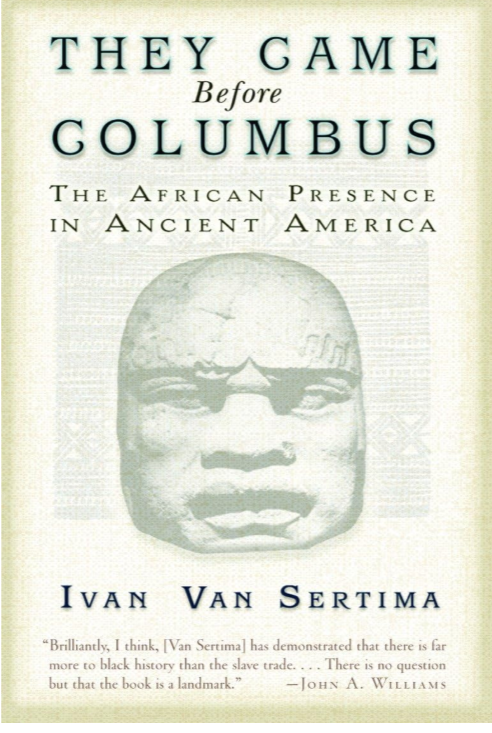Afro- Latino Dark Academia; a prerequisite for studying art in Europe
- Taino
- Mar 30
- 4 min read
Aesthetic, Influence, and academic endeavors
By: Justin Williams; Founder of Taino Studios

The Dark Academia aesthetic; rooted in classic literature, Gothic architecture, and an obsession with intellectualism—has long been associated with European influences. However, its themes of knowledge, rebellion, and romanticized learning resonate deeply with Afro-Latino culture, a growing on in Trumps America and many people hate it. By integrating elements of African and Indigenous traditions, colonial history, and resistance movements, Afro-Latino creatives are reshaping Dark Academia into something richer and more inclusive and I am grateful to be one of them.
What is Dark Academia?
Dark Academia is both a visual and intellectual aesthetic that romanticizes scholarly pursuits, old libraries, vintage fashion, and melancholic introspection. Traditionally, it draws inspiration from Western institutions like Oxford and Cambridge, as well as Gothic literature and Renaissance art.
But what happens when we infuse Dark Academia with Afro-Latino influences? The result is a powerful blend of history, resilience, and artistic expression—an aesthetic that not only acknowledges the past but reclaims it.
Afro-Latino Influence in Dark Academia Literature
While Dark Academia often centers European classics, Afro-Latino literature brings a fresh perspective by exploring themes of colonialism, diaspora, and ancestral knowledge. Writers like Gabriel García Márquez, José María Heredia, and Elizabeth Acevedo infuse their works with a deep sense of history, magical realism, and intellectual exploration.
Recommended Books with Afro-Latino Dark Academia Themes:
“The Brief Wondrous Life of Oscar Wao” – Junot Díaz

• A story of history, nerd culture, and generational trauma with references to academia, literature, and the power of storytelling.
“Song of the Water Saints” – Nelly Rosario

• A poetic multi-generational tale of Dominican history, colonialism, and self-discovery.
“The Poet X” – Elizabeth Acevedo

• A novel-in-verse where a young Dominican poet finds her voice, navigating academia, family expectations, and heritage.
“They Came Before Columbus” – Ivan Van Sertima

• A historical exploration of African presence in the Americas before European colonization, challenging mainstream academic narratives.
A Colonial Legacy Reclaimed
Much of Dark Academia’s aesthetic is tied to old-world architecture—grand libraries, ivy-covered universities, and candle-lit halls. In Afro-Latino culture, similar structures exist, but they carry a different history: they were often built during colonization, blending European, African, and Indigenous architectural influences.
Afro-Latino Architecture That Fits the Dark Academia Vibe:

• Universidad de Salamanca (Spain) – Where many Latin American intellectuals studied before independence movements.
• Havana’s Old Libraries & Universities – A mix of Spanish Gothic and Baroque styles infused with Afro-Caribbean culture.
• El Instituto de Cultura Puertorriqueña – A symbol of artistic and intellectual resistance.
Giving flowers to Afro-Latino Artist other than myself :

Belkis Ayón – A Cuban printmaker whose black-and-white works explore Afro-Cuban Abakuá mythology, creating eerie, symbolic art that aligns with the moody essence of Dark Academia.
Afro-Latino Dark Academia is an act of rebellion, achievement, & global expansion



댓글